In the shadowy corners of our world, venomous spiders have evolved sophisticated chemical weapons that continually fascinate and terrify humans in equal measure. While many people assume spider venom exists primarily to kill, the reality is far more nuanced and strategic. Numerous spider species have developed venom that paralyzes rather than kills their prey—a fascinating evolutionary adaptation that serves specific ecological purposes. This distinction between paralyzing and lethal venom reveals the remarkable complexity of spider hunting strategies and their position in the food web. By examining why certain spiders prefer to immobilize rather than immediately kill their victims, we uncover a window into the sophisticated biochemistry and evolutionary pressures that have shaped these eight-legged predators over millions of years.
The Fundamental Purpose of Spider Venom
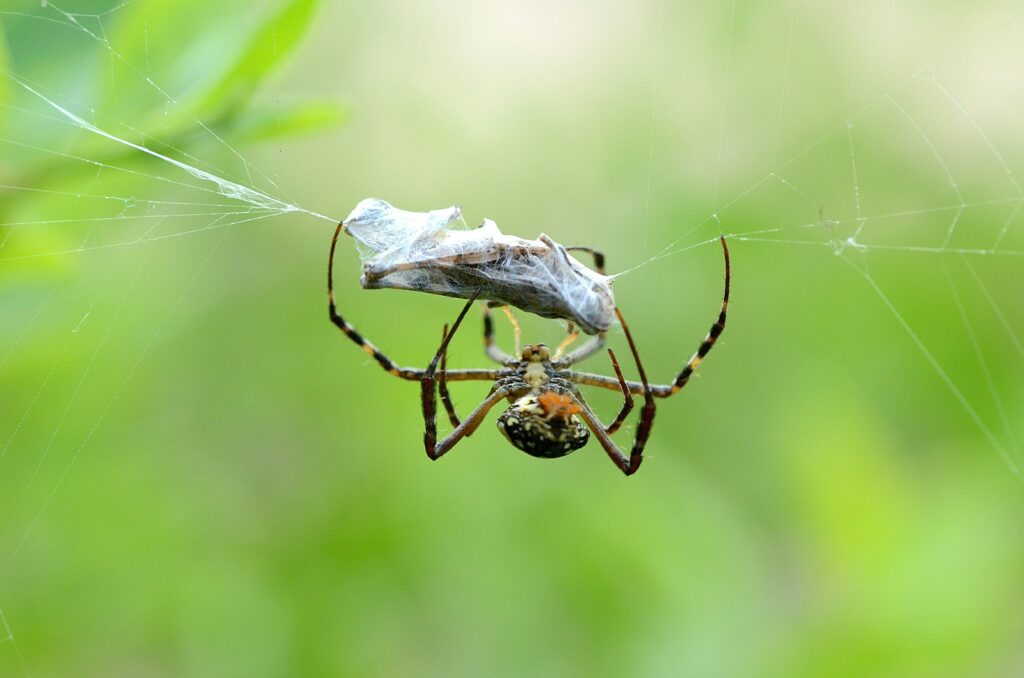
Spider venom is primarily a hunting tool rather than a defensive mechanism. Unlike some venomous animals that produce toxins mainly for protection against predators, spiders have evolved their venom specifically to capture food. The primary function of this biochemical cocktail is to quickly subdue prey, preventing escape and reducing the spider’s risk of injury during the capture process. Most spider species are relatively small and fragile compared to many of their prey items, making direct physical confrontation dangerous. Their venom effectively levels the playing field, allowing them to take down creatures that might otherwise overpower them. This hunting advantage has been so successful that venom has evolved independently in multiple spider lineages, demonstrating its effectiveness as a predatory adaptation.
The Metabolic Efficiency of Paralysis
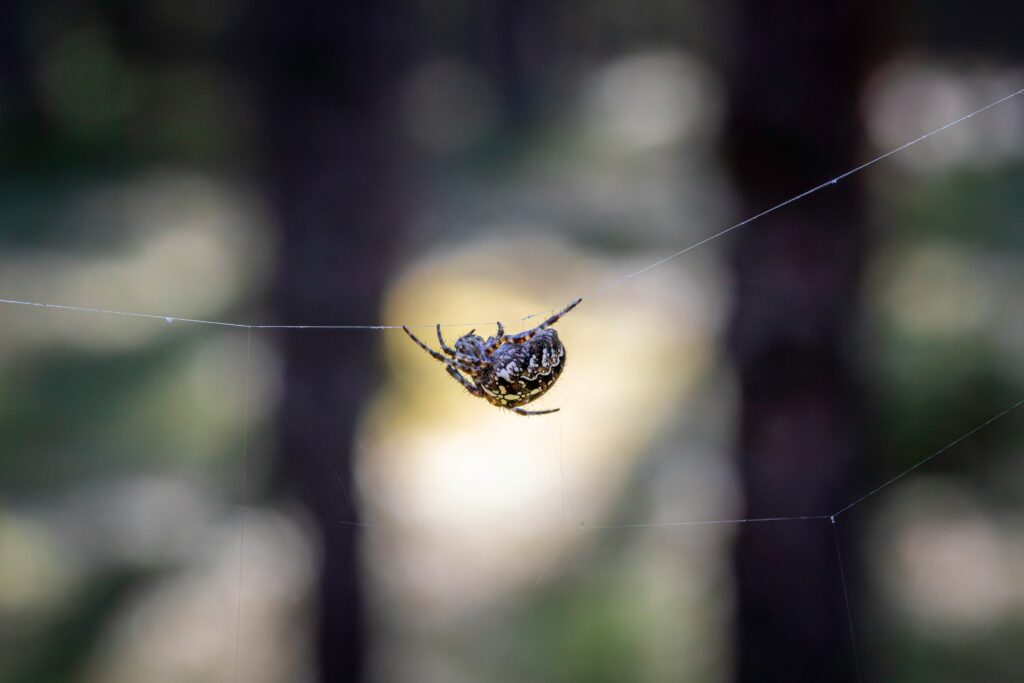
From an energy conservation perspective, paralyzing venom offers significant advantages over immediately lethal alternatives. Producing venom is metabolically expensive for spiders, requiring considerable energy investment to create these complex protein cocktails. By paralyzing rather than killing prey, spiders can achieve their immediate goal—immobilization—with potentially less venom and therefore less energy expenditure. This efficiency becomes particularly important for species that may encounter periods of prey scarcity. Additionally, paralytic venom components often target specific neural or muscular systems rather than requiring the broader systemic effects needed to cause death. Some studies suggest that spiders can even control their venom output, delivering just enough to immobilize specific prey types, further enhancing this metabolic efficiency and conserving their valuable venom reserves for future hunting opportunities.
Feeding Mechanics and Digestive Advantages
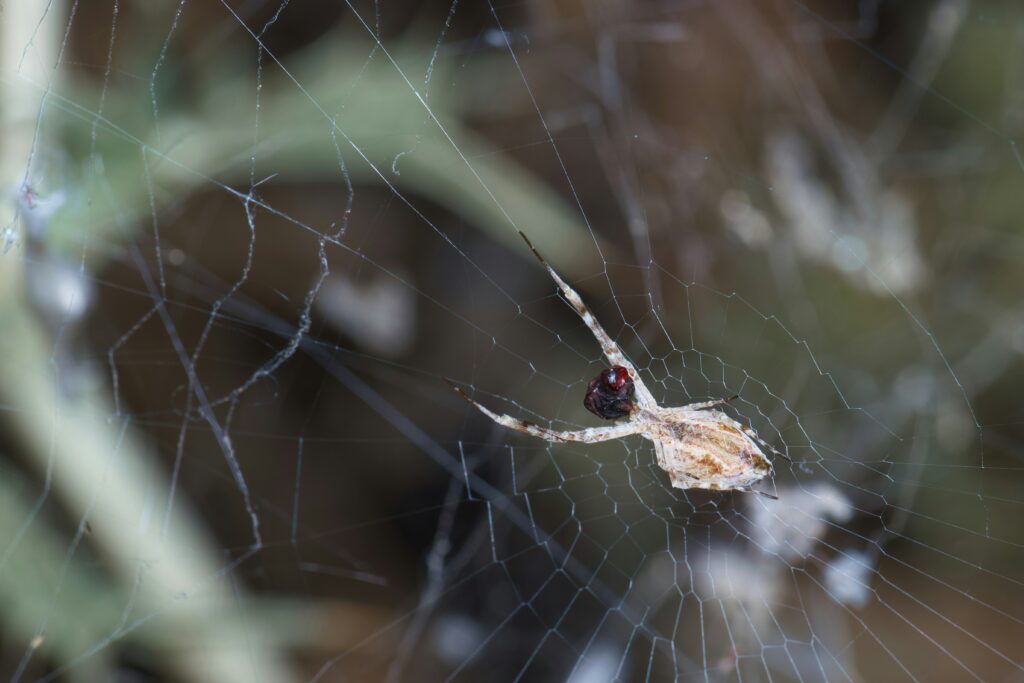
The feeding strategy of spiders directly influences their venom composition and preference for paralysis over immediate death. Most spiders are liquid feeders that cannot consume solid food—they inject digestive enzymes into their prey and then drink the resulting nutrient soup. Having live but immobilized prey provides significant advantages for this feeding method. Living tissues remain metabolically active and resist bacterial decomposition longer than dead tissues, essentially keeping the spider’s “food” fresher. The continued circulation in a paralyzed prey item can help distribute the spider’s digestive enzymes more effectively throughout the victim’s body. For larger prey that might take several days to consume, maintaining them in a paralyzed state rather than killed outright prevents decay and maintains nutritional value, essentially allowing the spider to keep its meal “fresh” until it’s fully consumed.
Storage Strategies for Future Meals
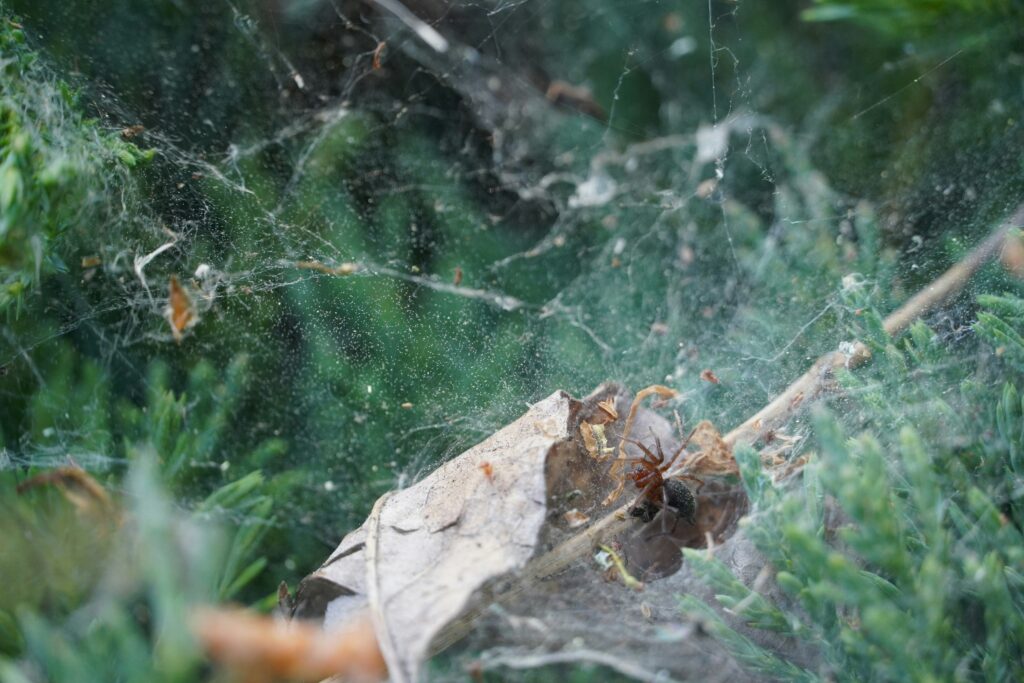
Many web-building spiders have evolved sophisticated strategies for food storage, with paralytic venom playing a crucial role. These arachnids often capture more prey than they can immediately consume, especially during periods of abundant hunting opportunities. By paralyzing rather than killing these excess victims, the spider effectively creates a living pantry that remains fresh for extended periods. The black widow spider exemplifies this strategy, often keeping paralyzed prey alive in its web for days until needed. This adaptation helps spiders weather unpredictable food availability, allowing them to capitalize on periodic prey abundance while ensuring sustained nutrition during leaner times. The paralysis must be precisely calibrated—strong enough to prevent escape but not so powerful as to cause rapid death and subsequent decomposition, demonstrating the remarkable evolutionary refinement of these venoms.
The Chemistry of Paralytic Venoms

The biochemical composition of paralytic spider venoms reveals an astonishing complexity tailored specifically for immobilization. These venoms typically contain neurotoxic peptides that target ion channels in the nervous system, disrupting the electrical signaling required for muscle control without necessarily affecting vital functions like respiration. For example, the venom of many tarantula species contains compounds that block calcium or potassium channels, causing muscle paralysis while leaving other bodily systems functional. Alpha-latrotoxin, found in black widow venom, triggers massive neurotransmitter release that overwhelms the nervous system, resulting in powerful paralysis. The precision of these toxins demonstrates evolutionary refinement—they target specific molecular receptors with remarkable selectivity, allowing the spider to incapacitate prey without immediately killing it. This molecular specialization enables the paralytic effect that benefits the spider’s feeding strategy.
Venom Customization for Different Prey Types
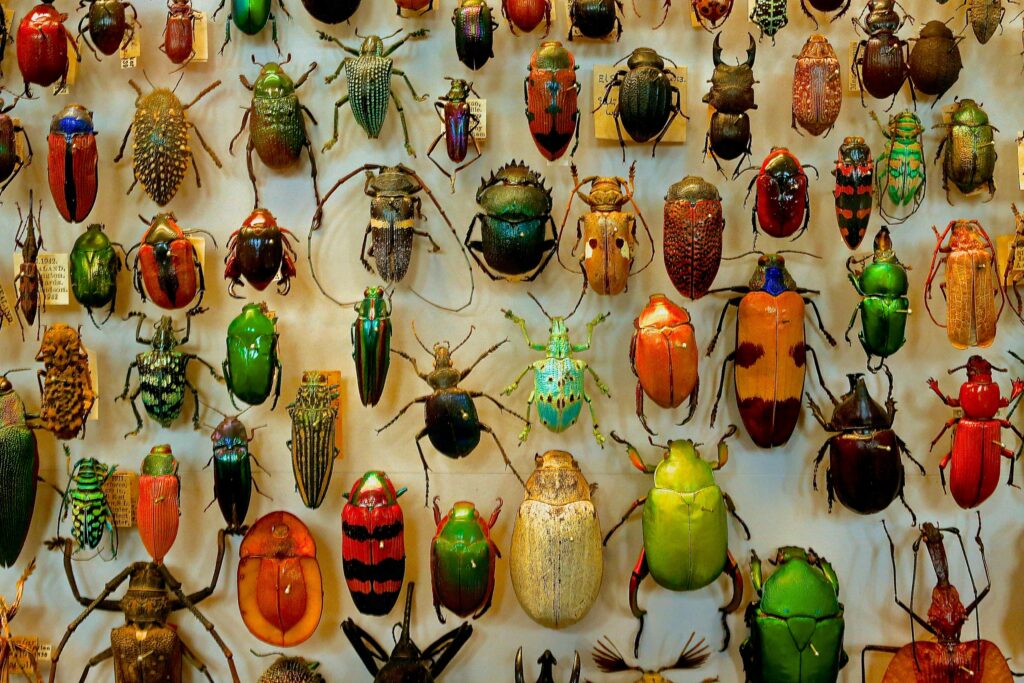
Research increasingly reveals that many spiders can adjust their venom composition depending on the type of prey they encounter. This sophisticated adaptation allows spiders to optimize their venom output for different targets, using precisely the right biochemical tools for each job. When facing dangerous prey like wasps or centipedes, some spiders deliver venom focused on rapid immobilization to minimize their risk of injury. For less threatening prey, they might deploy different venom components that work more slowly but efficiently. Studies of certain funnel-web and tarantula species have demonstrated this ability to “customize” venom delivery based on prey characteristics. This venom plasticity represents a remarkable evolutionary adaptation that allows spiders to efficiently handle diverse prey types while conserving their metabolically expensive venom for when it’s most needed.
Evolutionary Arms Race with Prey Species

The development of paralytic venoms reflects an ongoing evolutionary arms race between spiders and their prey. As potential prey species evolve resistance to certain venom components, spiders must continually refine their chemical arsenals to maintain hunting effectiveness. This dynamic has driven the evolution of increasingly complex venom cocktails containing dozens or even hundreds of different toxins. Some prey insects have developed physiological resistance to specific spider toxins, prompting the evolution of new venom components that target different systems. Other potential prey have behavioral adaptations to avoid capture, which spiders counter with more effective paralytic compounds. This constant pressure drives venom diversification, with paralytic effects often proving more adaptable than simply lethal ones, as they can be fine-tuned through natural selection to match changing prey defenses and behaviors.
Unique Hunting Strategies Enhanced by Paralytic Venom
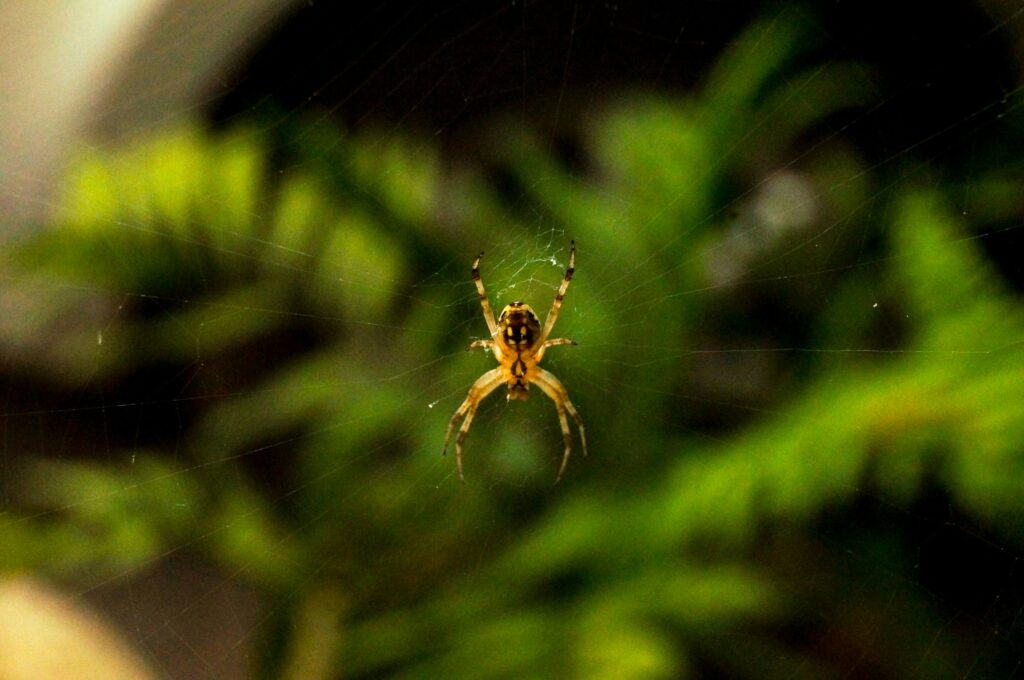
Different spider families have evolved distinctive hunting techniques that specifically leverage the paralytic properties of their venom. Crab spiders, with their remarkable camouflage abilities, lie in wait on flowers to ambush pollinators, using quick-acting paralytic venom to prevent escape once they’ve made their surprise attack. Jumping spiders, with their exceptional vision and athletic prowess, deliver precisely targeted venom injections that rapidly immobilize prey without killing it. Web-building orb weavers have venoms optimized to quickly paralyze flying insects that hit their aerial traps, preventing damage to their carefully constructed webs. Perhaps most specialized are the spitting spiders (Scytodidae), which can project venom-laced silk to entangle and paralyze prey from a distance. In each case, the specific paralytic properties of the venom have co-evolved with the spider’s hunting strategy to create highly effective predatory systems.
Paralysis versus Death: Ecological Implications
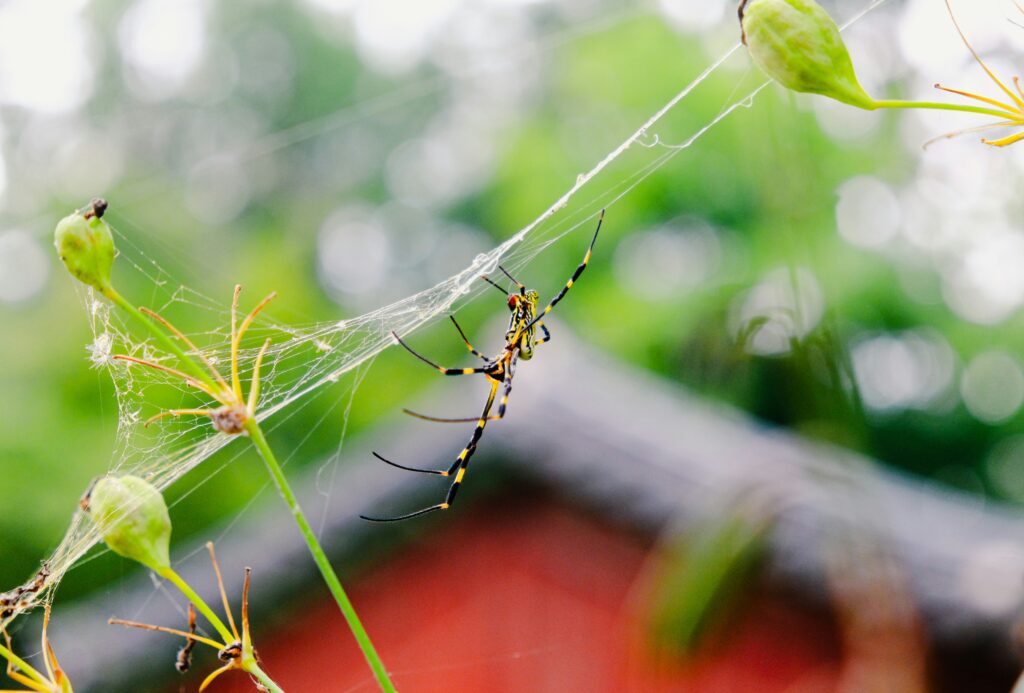
The preference for paralytic rather than lethal venom has significant ecological implications beyond simple feeding efficiency. By maintaining prey in a paralyzed state, spiders effectively remove these organisms from the ecosystem without immediately returning their nutrients to the decomposition cycle. This creates a temporary “limbo” where the prey organism is functionally removed from its ecological role but not yet decomposing. In environments with high spider densities, this paralysis strategy can significantly impact local insect populations and energy flow through the ecosystem. For prey species with boom-and-bust population cycles, spider predation using paralytic venom can serve as a buffering mechanism, storing the energy from population booms in the form of paralyzed prey for consumption during subsequent population busts. This dynamic illustrates how the specific properties of spider venom can influence broader ecological processes.
The Role of Habitat in Venom Strategy
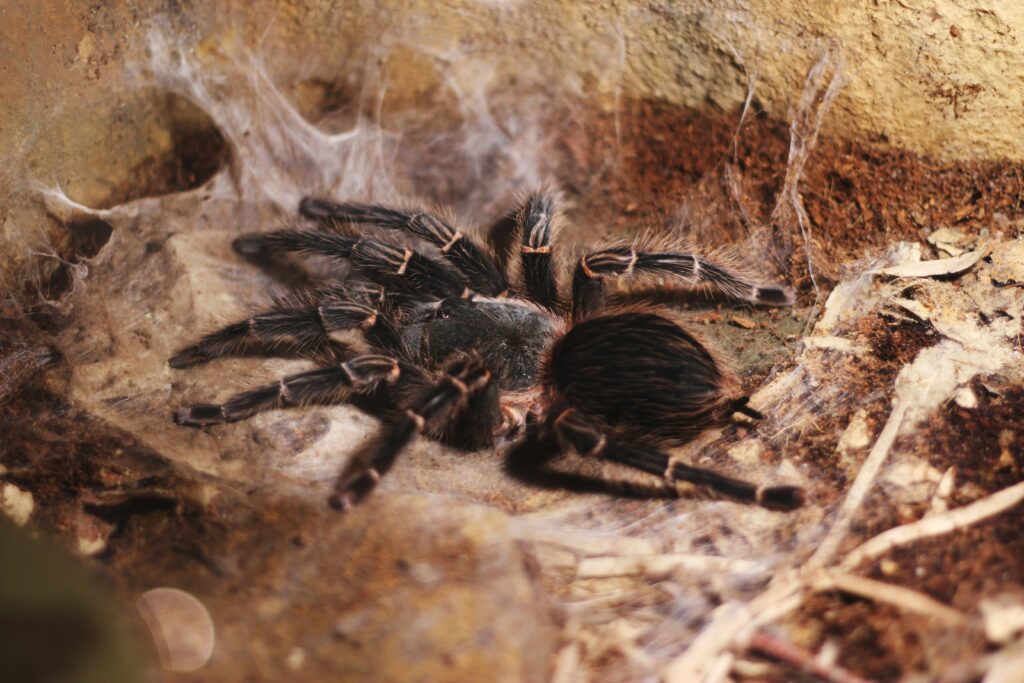
The physical environment in which a spider lives strongly influences whether it evolves primarily paralytic or lethal venom. Spiders inhabiting stable, protected habitats like burrows or permanent web structures benefit more from paralytic venoms that support food storage. For example, trapdoor spiders and funnel weavers that operate from permanent retreats often have strongly paralytic venoms that keep prey alive until consumption. Conversely, wandering spiders that lack fixed retreats, such as wolf spiders, tend to evolve venoms that more quickly kill prey for immediate consumption since they lack secure storage locations. Humidity and temperature also influence this evolutionary pathway—hotter, more humid environments where bacterial decomposition occurs rapidly favor paralytic venoms that keep prey alive longer. The physical structure of the habitat itself—whether open terrain, dense vegetation, or arboreal settings—creates different selective pressures on venom evolution, shaping whether paralysis or rapid killing better serves the spider’s survival.
Medical Significance of Paralytic Spider Venoms

The paralytic components of spider venoms have captured significant attention from medical researchers for their potential therapeutic applications. The precise targeting of these toxins makes them valuable templates for developing new drugs for conditions involving muscular or neurological dysfunction. Compounds derived from paralytic spider venoms are being investigated for treating epilepsy, chronic pain, and certain cardiac conditions due to their ability to modulate ion channels with high specificity. For example, a peptide derived from the venom of the Australian Fraser Island funnel-web spider shows promise in treating cardiac damage after heart attacks. The pain-relieving potential of certain spider toxins has generated particular interest, as they can block pain signals through novel mechanisms that might circumvent the drawbacks of current opioid medications. These medical applications represent an unexpected benefit from the spider’s evolutionary adaptation of paralytic rather than lethal venom strategies.
Comparison with Other Venomous Predators
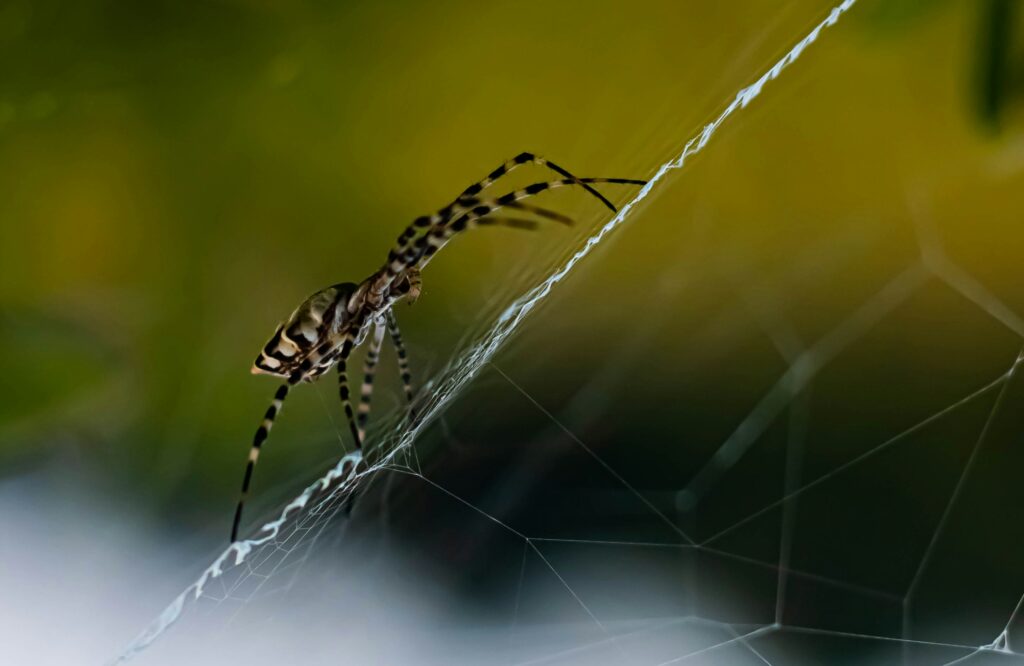
The preference for paralytic venom among spiders contrasts interestingly with the strategies of other venomous predators. Snakes, for example, typically employ venom that more rapidly kills prey, reflecting their different feeding biology and hunting strategies. Unlike spiders, snakes consume whole prey and cannot digest externally, making prey storage less advantageous. Scorpions show a middle ground, with venoms that can either paralyze or kill depending on the species and ecological niche. Cone snails, like many spiders, prefer rapid paralysis over immediate death, allowing these slow-moving mollusks to capture fast fish prey. Among venomous insects, solitary hunting wasps have convergently evolved remarkably spider-like venom strategies, paralyzing prey to provision their larvae—a fascinating example of parallel evolution toward similar solutions. These comparisons highlight how venom function closely mirrors the specific ecological and physiological constraints of each predator group, with spiders’ external digestion making paralytic venom particularly advantageous.
Conclusion: The Evolutionary Genius of Paralytic Venom
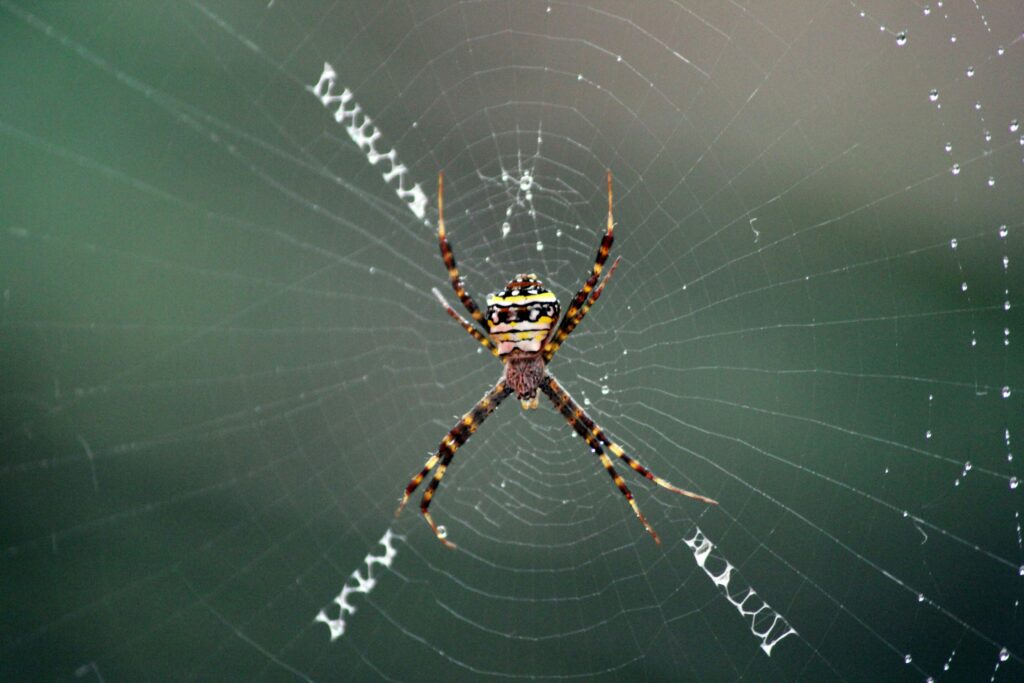
The prevalence of paralytic rather than lethal venom among spiders represents one of nature’s most sophisticated hunting adaptations. This strategy elegantly solves multiple biological challenges simultaneously: it immobilizes prey for safe handling, preserves food freshness, optimizes external digestion, enables food storage, and achieves these benefits with remarkable metabolic efficiency. The biochemical complexity underlying these venoms—with their precisely targeted effects on nervous systems—demonstrates the power of natural selection to refine biological tools to extraordinary levels of sophistication. Beyond their natural role, these paralytic venoms now offer promising templates for human medical applications, potentially benefiting conditions ranging from pain management to cardiovascular disease. By understanding why spiders paralyze rather than kill, we gain insight not just into arachnid biology, but into the fundamental evolutionary processes that shape predator-prey relationships and the biochemical arms races that drive venom diversity across the animal kingdom.

